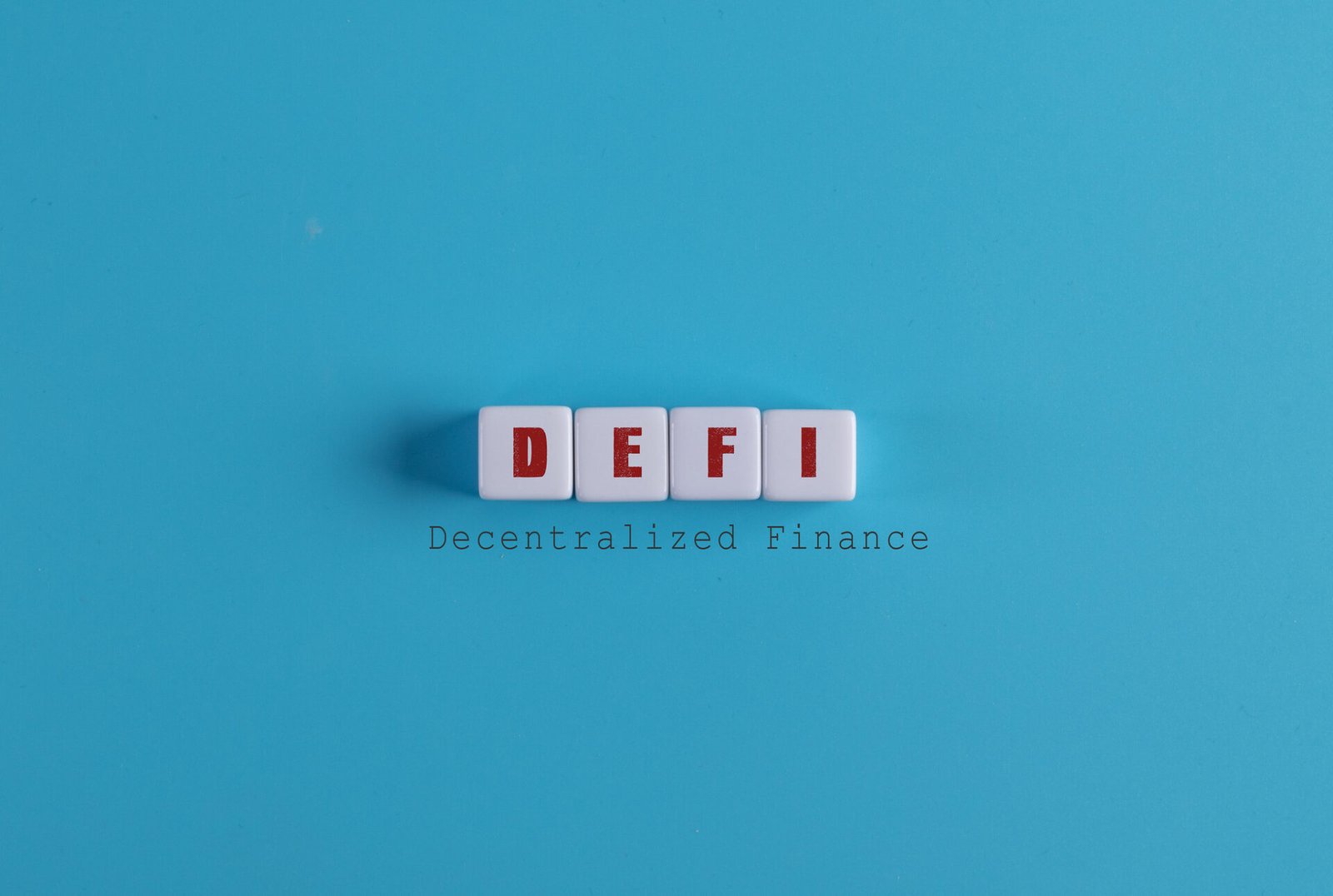In recent years, the world of finance has undergone a profound transformation through the emergence of Decentralized Finance (DeFi). DeFi represents a revolutionary shift away from traditional centralized financial systems, offering users an array of innovative tools and services built on blockchain technology. This article delves into the trends, opportunities, and risks associated with the rise of DeFi, examining its impact on the financial landscape and the broader implications for the global economy.
The Evolution of DeFi
Decentralized Finance, commonly referred to as DeFi, refers to a range of financial applications and services that operate on public blockchains, primarily the Ethereum blockchain. Unlike traditional financial intermediaries, DeFi platforms aim to provide open, permissionless, and borderless access to various financial services, including lending, borrowing, trading, asset management, and more.
Trends Shaping the DeFi Landscape
- Liquidity Provision and Yield Farming: DeFi introduced the concept of liquidity provision and yield farming, enabling users to provide liquidity to decentralized exchanges and earn rewards in return. This has led to the creation of innovative mechanisms for incentivizing participation and maintaining liquidity within the ecosystem.
- Decentralized Exchanges (DEXs): DEXs have gained traction as they allow users to trade directly from their wallets without the need for intermediaries, offering increased privacy and control over their funds.
- Stablecoins and Synthetic Assets: Stablecoins, such as DAI and USDC, provide price stability by pegging their value to a fiat currency. Synthetic assets, on the other hand, allow users to gain exposure to traditional assets like stocks and commodities without actually owning them.
- Automated Market Makers (AMMs): AMMs use algorithms to set prices and execute trades, enabling efficient and decentralized price discovery for various assets.
- Lending and Borrowing Protocols: DeFi has opened up opportunities for individuals and institutions to lend and borrow digital assets without the need for traditional banks, creating a more inclusive financial system.
Opportunities in DeFi
- Financial Inclusion: DeFi has the potential to bring financial services to the unbanked and underbanked populations worldwide, allowing them to access loans, earn interest, and engage in trading.
- Lower Barriers to Entry: DeFi platforms are open to anyone with an internet connection, eliminating the need for intermediaries and reducing barriers to entry for individuals who were previously excluded from the traditional financial system.
- Innovation and Experimentation: DeFi encourages experimentation with new financial products and services, fostering innovation in the fintech space and challenging traditional financial models.
- Global Accessibility: DeFi operates on a global scale, enabling cross-border transactions and investments without the constraints of traditional financial systems.
Risks and Challenges
- Smart Contract Vulnerabilities: DeFi platforms heavily rely on smart contracts, which can be vulnerable to bugs and security breaches, leading to significant financial losses for users.
- Regulatory Uncertainty: As DeFi operates across borders, regulatory challenges and uncertainty may arise, potentially leading to legal and compliance issues.
- Market Volatility: The highly speculative nature of some DeFi projects can lead to significant price volatility and investment risks.
- Liquidity Risks: Dependence on liquidity pools and market dynamics can expose users to liquidity shortages during periods of high demand or market stress.
- Centralization Concerns: While DeFi aims to be decentralized, certain aspects such as governance mechanisms and control over protocol upgrades can still exhibit centralization tendencies.
Don’t Miss: Exploring The Environmental Impact Of Cryptocurrencies: Challenges And Solutions
Conclusion
The rise of Decentralized Finance has opened up a new era of financial innovation, offering opportunities for financial inclusion, efficiency, and accessibility. However, along with the potential benefits, DeFi also comes with inherent risks and challenges that need to be carefully navigated. As the DeFi landscape continues to evolve, it is crucial for users, developers, regulators, and the broader financial industry to collaborate in shaping a sustainable and secure decentralized financial ecosystem that can unlock the full potential of this groundbreaking technology.
Read Also: Ethereum Rival Avalanche Surges in Q2: Increased Transactions & Users
Disclaimer: The information provided in this article is for informational purposes only and should not be construed as financial or investment advice. Cryptocurrency investments are subject to market risks, and individuals should seek professional advice before making any investment decisions.


Comments are closed.